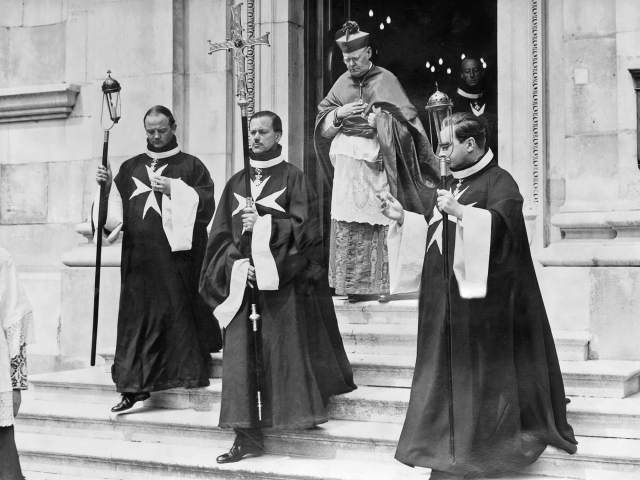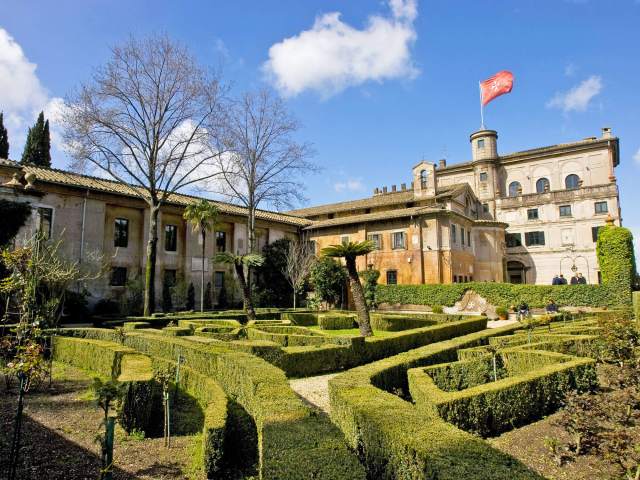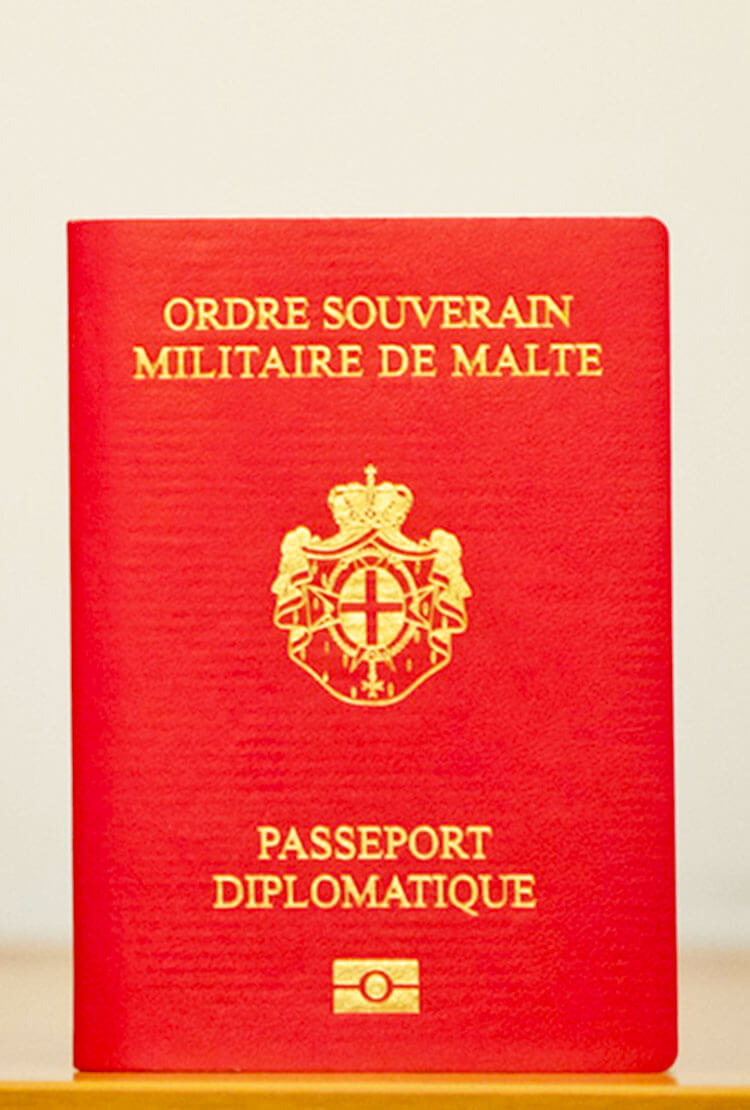There are over 160 million valid U.S. passports currently in circulation, making it one of the most common documents of its kind in the world. On the flip side, some passports are far more exclusive, and have only been issued to a handful of individuals. One such document stands out above the rest. Only 500 people hold one, and it isn’t issued by a specific country, but rather by a sovereign religious order that’s existed for nearly 1,000 years. Take a look at the fascinating history of the world’s rarest passport.
The History of the Knights of Malta

The Knights of Malta — formally known as the Sovereign Military Hospitaller Order of St. John of Jerusalem, of Rhodes, and of Malta — are a religious order founded around 1099 in Jerusalem. The organization was created to care for sick pilgrims in the region, and it was officially recognized by Pope Paschal II in 1113. The Knights of Malta also played a major military role during the Crusades of the 12th and 13th centuries.
After the Crusades, the Knights of Malta relocated their operations to Cyprus and later the island of Rhodes in 1309. In 1530, Spain’s Charles V gifted the Maltese Archipelago of the Mediterranean Sea to the Knights of Malta, where they established a presence until Napoleon ousted the order in 1798. In 1834, the Knights of Malta established a new headquarters in Rome, Italy, where it remains today.
Today, only 100 or so of the order’s 13,500 members — which consist of knights (men), dames (women), and chaplains — still live in Malta, while the rest are dispersed across the world. To join the order, candidates must be practicing Catholics, show strong moral character, and be invited and sponsored by a current member.
An Ultra-Rare Passport

Despite not controlling any land, the Knights of Malta act like a sovereign state in many ways. The order maintains United Nations observer status, has its own constitution, and is permitted to issue currency, stamps, and even passports.
There are roughly 500 diplomatic passports issued by the Knights of Malta that are currently in circulation, making it the rarest passport in the world. The first Knights of Malta passport was issued in the 1300s to members of the group traveling around the world as ambassadors for the order’s cause.
Today, these passports remain highly exclusive and are presented to a select few members of the order, including the Grand Master, members of the Sovereign Council, heads and members of diplomatic missions, and the Grand Priors and Presidents of the group’s various national associations. The Grand Master’s passport is presented upon election to a 10-year term, which means it has the longest duration of validity. Other diplomatic passports are only valid for four years or the course of a specific diplomatic mission.
The passports feature a dark crimson exterior that’s said to represent the blood of Christ. The documents are also adorned with gold lettering depicting the organization’s name in French — “Ordre Souverain Militaire de Malte” — as well as the words “Passeport Diplomatique” at the bottom. Each passport contains 44 pages that are watermarked with the Maltese cross.
Each diplomatic passport grants the ability to travel through the 113 independent states that maintain formal diplomatic relations with the Knights of Malta. However, the religious order also works with countries with whom they don’t have formal relations — such as France, the United Kingdom, and the United States — to ensure safe and easy travel for its members.
Another, even rarer, passport also issued by the Knights of Malta is the group’s “Service Passport” — granted to the organization’s personnel working in high-risk regions. There are only around 50 people at any given time who hold this passport, which is decorated with a dark black cover in place of the traditional crimson.
Where to Visit Landmarks of the Knights of Malta

Given the Knights of Malta don’t have any sovereign territory, you may be wondering if they have any landmarks worth visiting. Fortunately, the answer is yes, and the order’s Magistral Palace is one of the highlights.
Located on the historic Via dei Condotti street in Rome, the building was originally left to the group back in 1629 and served as the seat of their ambassador to the Papal States for two centuries. Since 1834, it has been the group’s main headquarters. At the Magistral Palace, you’ll find an ornately gilded chapel, a vast library and archives, a new visitors center to help teach guests about the history of the organization.
Elsewhere in Rome, you’ll find the Magistral Villa, which the Knights of Malta have owned since the 14th century. Located on an elevated hill overlooking the Tiber River, this former Benedictine monastery was later converted into a palatial villa. Many celebratory feasts are held in the villa’s gardens each year, and it’s also been the site of the last six elections for Grand Master. The building contains an architectural treasure known as the Church of St. Mary of the Priory. This portion of the villa was created by artist Giovanni Battista Piranesi in 1764, and is the only extant example of the artist’s architectural work.
In Valletta, the capital of Malta, you’ll find two notable landmarks: St. John’s Co-Cathedral and the Grandmaster’s Palace. The former was built in the 1570s and remains one of the most stunning examples of Baroque architecture in Europe. While it originally served as a religious haven for members of the Knights of Malta, the cathedral is now overseen by the Roman Catholic Church. Also in Valletta is the Grandmaster’s Palace, which is the current site of the Office of the President of Malta. It was built beginning in the 16th century and spent many years serving as the palace of the Grand Master before the Knights of Malta were exiled by Napoleon.
More from our network
Daily Passport is part of Optimism, which publishes content that uplifts, informs, and inspires.























